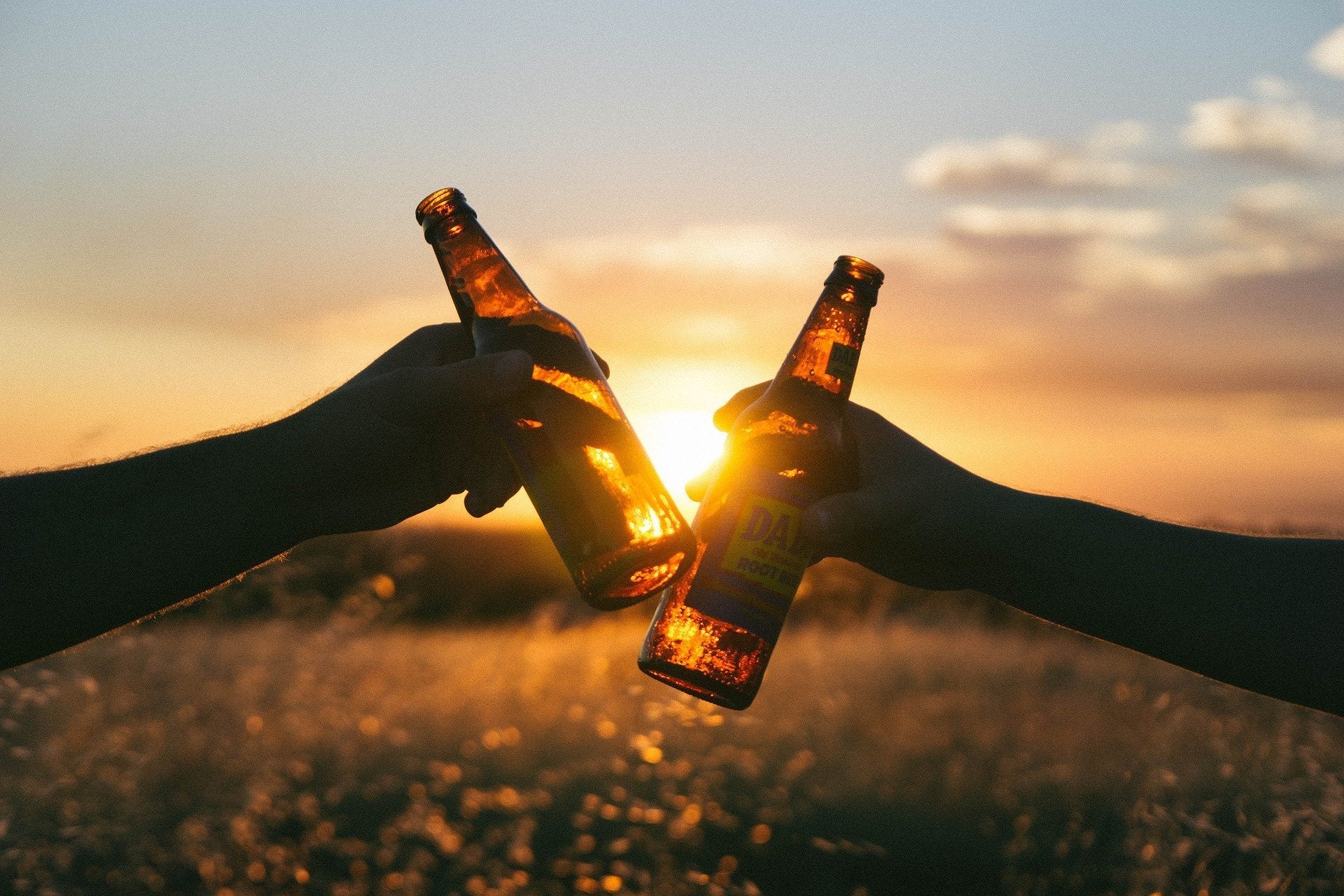“That’s okay, we have kombucha!” is something I hear every time I turn down a beer at a professional event. I always smile and nod—and white-knuckle my water bottle. When others raise toasts with their event drinks, I take a long drag of H2O, served neat, and swallow the discomfort of feeling like I don’t quite belong.
I’ve been sober for almost five years. I was in college when I first noticed that once I had one drink, I had no way of knowing whether I would stop at two or down vodka sodas into a blackout. I eventually realized my binge drinking was an alcohol use disorder. At age 22, I quit for good.
For me, actually staying sober hasn’t been as challenging as finding my place in a professional culture centered around drinking. Two weeks after I quit, the ad agency where I worked in New York City installed a bar in the office.
And while the atmosphere at my current company is very supportive, Outdoor Retailer has proven much harder to navigate. There, I’ve encountered people rolling up to booths in the morning still smelling like alcohol, and noticed events aptly named things like “Hangover Breakfast.” Once, at an after-show mixer, I was asked “Cocktail or beer?” to determine which tumbler I’d receive as a party favor.
I spent my first few trade-show happy hours sitting alone at the booth while my teammates embarked on the daily pilgrimage for free beer. I watched show attendees stroll by with foam-topped cups while I wondered where all the other sober people were.
Inclusivity efforts are just now beginning to appear, but the world of non-alcoholic beverages is filled with its own misconceptions.
Kombucha, a commonly offered alternative, contains trace amounts of alcohol—up to 0.5 percent. Some people in recovery can drink kombucha without issue. For me and many others, though, that 0.5 percent is enough to trigger an alcohol craving. So, at kombucha-and-beer events, I usually wander around with my trusty water bottle, feeling like a 20-year-old intern at her first office party.
Of the eight OR shows I’ve attended, there’s only one on-site happy hour I remember enjoying. Beer was present at the Mountain Hardwear booth, but the event’s focal point wasn’t the booze—it was the musician Nahko, who sang and played guitar while slackliners did tricks. Finally, I could join in the conversations around me.
So, as you plan trade show events, keep people like me in mind. Consider making your centerpiece not alcohol, but a performance that gets people talking. Run a networking event speed-dating style. Create a quiet social space that allows people to converse and recharge. Provide games or use corny icebreakers—they might make people roll their eyes, but they’ll spark real conversation.
Don’t forget about us at the office, either. If you have a keg on tap, consider providing an alcohol-free option to boost morale as well. And if you’re planning team-bonding events, ask yourself: Is pulling out the shot-ski really the thing that will improve employee trust and move your business forward? Or would a sufferfest hike create more camaraderie?
At the bare minimum, for those of us who can’t (or choose not to) enjoy craft beer at events, offer a (completely) alcohol-free option like Pellegrino or Spindrift—both top-shelf seltzers. I am happy to consult on the sparkling water market. At this point, I think I’ve tried them all.


